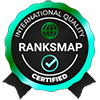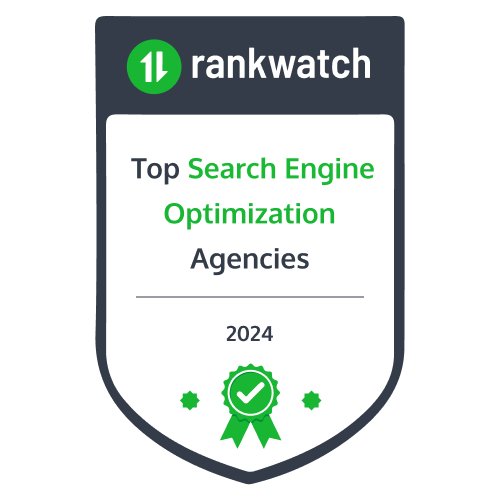I. Introduction
Imagine launching your online store after months of preparation. You’ve handpicked unique, high-quality products, designed a sleek website, and you’re excited to welcome customers. You hit the launch button, eagerly awaiting the influx of visitors, only to face the cold reality: nobody’s showing up. Days turn into weeks, and despite your incredible offerings, your store remains virtually invisible. Your online store perhaps lost, hidden away on the nth page of Google search results. This scenario is a harsh reality for many e-commerce business owners, but it doesn’t have to be yours. If you’re struggling to get traffic to your online store or just starting and want to get it right from the get-go, this guide is for you. Let’s unravel the mystery of SEO together. In this guide, we’ll break down the essential elements of SEO for e-commerce, sharing practical strategies that you can apply to make your store searchable and visible. Whether you’re a seasoned pro or an e-commerce newbie, this step-by-step guide will equip you with the tools to boost your online presence. Ready to get started? Let’s learn SEO!II. What is SEO for Ecommerce?
You may have heard the term SEO thrown around, but what exactly does it mean for your online store? Let’s break it down.Search Engines: The Virtual Marketplace
Search engines like Google, Bing, or Yahoo act like busy shopping streets on the internet. When someone types in a query, these search engines dig through millions of pages to present the most relevant results. Your online store is one of those pages, but where it appears in the results depends on how well it’s optimized, hence the term search engine optimization or SEO.SEO: Your Online Store’s Visibility Tool
SEO is the practice of making your online store more appealing to search engines. It’s like designing your store’s window display to attract passersby. The goal is to make your store appear closer to the top of the search results when people look for products that you sell.How does it work?
In e-commerce, SEO involves a combination of elements like keywords, backlinks, content quality, logo SEO, site structure, and more. These elements tell search engines what your store is about and why it should rank higher. Think of it this way: If you have a brick-and-mortar store selling handmade soaps, you’d put signs up, arrange a beautiful display, and use enticing scents to draw customers in. SEO is the online equivalent of these tactics.The E-commerce Twist
SEO for e-commerce is a bit unique. It’s not just about getting people to your site; it’s about guiding them directly to the products they want to buy. This requires optimizing individual product pages, categories, and even images, ensuring that everything aligns with what your potential customers are searching for.III. Why is SEO Important for Ecommerce?
-
Increase Visibility
-
Drive Targeted Traffic:
-
Build Trust and Credibility
-
Improve User Experience
-
Gain Competitive Edge
-
Cost-Effective Marketing
-
Measure and Analyze Success
-
Adapt to Changing Trends
-
Enhance Mobile Experience
IV. Strategies for Ecommerce SEO
-
Prioritize Top Pages
-
Keyword Placements
- Product Headline: This is the first thing a customer sees, so make it count! Including a primary keyword here not only helps with SEO but makes the product more appealing to the customer.
- Description: Your product descriptions should be informative and engaging. Including relevant keywords helps search engines understand what you’re selling and rank your product accordingly.
- Meta Description: This is what appears in search engine results. Having keywords in the meta description can boost your page’s relevance in search results and encourage users to click through.
- Image Alternate Attributes: Also known as alt text, these descriptions help search engines understand images on your site. Including keywords here can enhance your visibility, especially in image searches.
- Subheadlines: Breaking up your content with subheadlines makes it more readable. Including keywords in subheadlines also helps search engines understand the structure of your page and what it’s about.
-
Competitor Research
-
Optimize Product Pages
- Product Name: Your product’s name isn’t just a label; it’s an opportunity. Make it descriptive and include relevant keywords that accurately represent what you’re selling.
- Image Optimization: High-quality images are essential, but they need to load fast. Compressing images without losing quality can keep your pages looking great without slowing them down.
- Video: A well-made video can showcase your product like no photo can. Just ensure it’s optimized for web viewing so it doesn’t hinder page load times.
- Customer Reviews: Reviews add credibility and provide real-world insights into your product. Encourage happy customers to leave reviews, and display them prominently.
- FAQ Content: FAQs can answer those lingering questions that might be holding a customer back from buying. They also provide an opportunity to include relevant keywords and improve SEO.
-
Speed Up Page Loads




